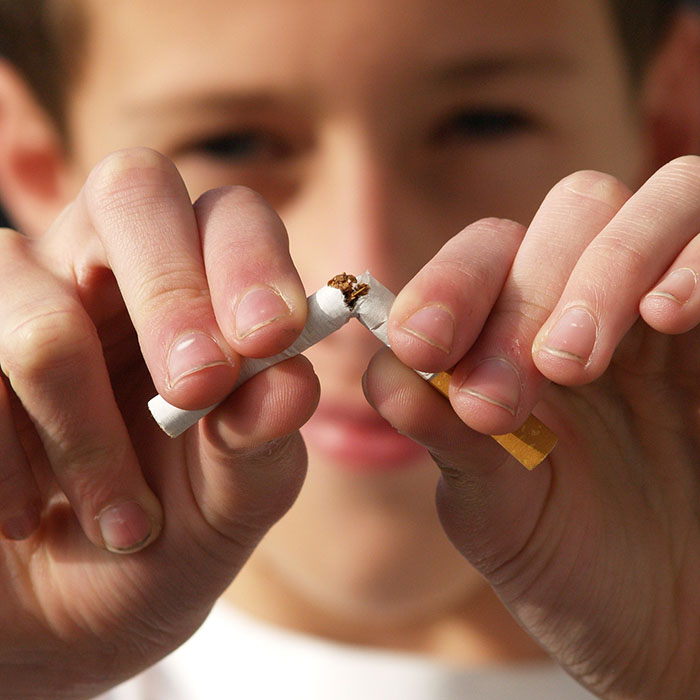What Are Malocclusions?
February 7th, 2023

OUR TEETH ARE meant to fit together in a specific way. That’s how we chew our food effectively and pronounce our words clearly. When someone’s upper and lower teeth don’t fit together well, that’s a malocclusion or “bad bite.” Malocclusions can cause jaw problems, contribute to speech impediments, make teeth more likely to break, and even make digestion less efficient.
Bad Bite Causes and Types
Malocclusions can happen due to genetics, but they are often the result of bad oral habits in childhood, like thumbsucking, lip sucking, tongue thrusting, nail biting, teeth clenching, and mouth breathing. Orthodontic treatment can correct malocclusions, such as:
1. Excessive overbite: the upper teeth overlap or overjet the lower teeth by too much for a healthy bite.
2. Deep bite: such a severe overbite that the upper front teeth completely overlap the lower front teeth, which may even drive into the gums behind the upper teeth, risking injury to the gum tissue.
3. Open bite: sometimes the result of a tongue thrust habit or aggressive thumbsucking in the preschool years and beyond. The upper front teeth flare out, leaving a gap between them and their lower counterparts when biting down.
4. Crossbite: when the jaw is closed, some upper teeth are on the outside and some lower teeth are on the outside.
5. Underbite: when the jaw is closed, the lower teeth jut out in front of the upper teeth.
Top image used under CC0 Public Domain license. Image cropped and modified from original.
The content on this blog is not intended to be a substitute for professional medical advice, diagnosis, or treatment. Always seek the advice of qualified health providers with questions you may have regarding medical conditions.



